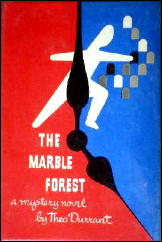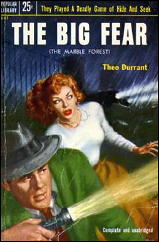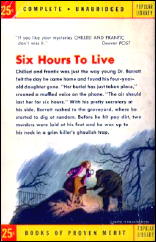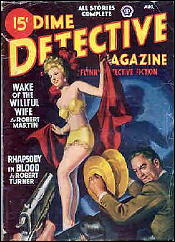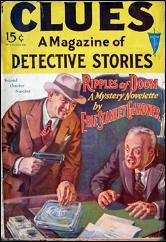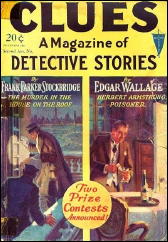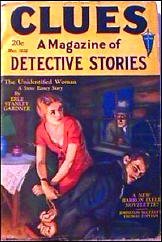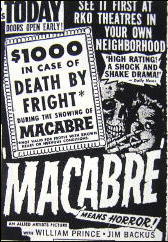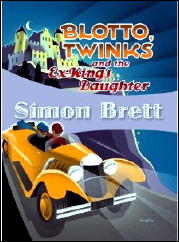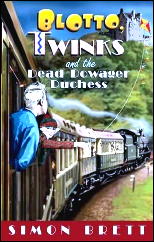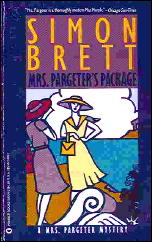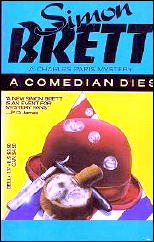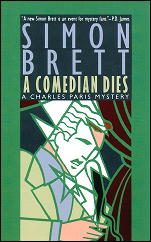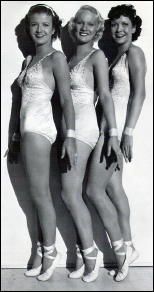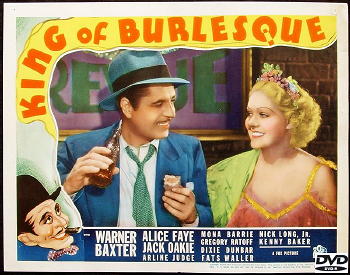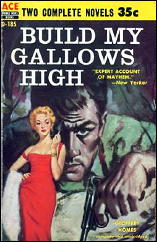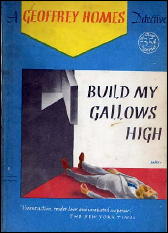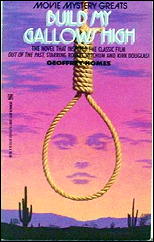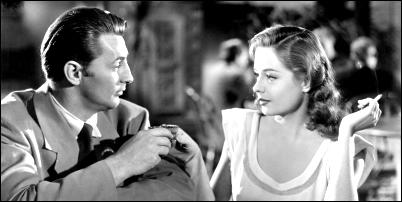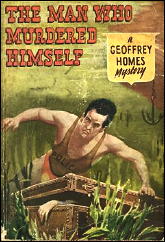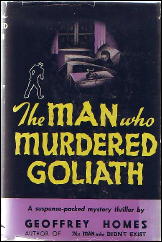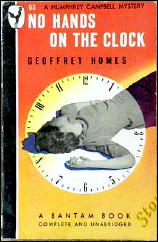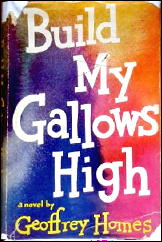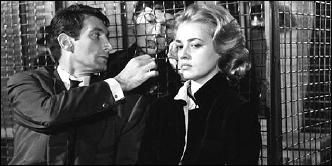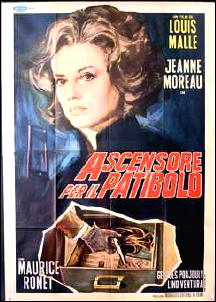Wed 23 Feb 2011
by George Kelley
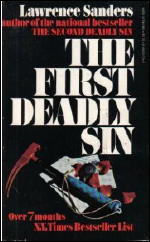
Lawrence Sanders is an inconsistent writer: he can turn out crud like The Pleasures of Helen and Love Songs, then startle readers with powerful novels like The First Deadly Sin (Putnam, 1973; Berkley, 1974), The Second Deadly Sin (Putnam, 1977; Berkley, 1978), and The Sixth Commandment (Putnam, 1979; Berkley 1980).
The First Deadly Sin is a one-on-one contest between a psycho named Daniel Blank and Captain Edward X. Delaney of the New York Police Department. Daniel Blank is obviously named by Sanders to represent a person reaching his limit; here’s how Blank sees the city he lives in:
Blank, divorced and alone, meets the fabulously wealthy Celia Montfort. A strange, sick relationship develops to the point where Blank decides he must prove his love to Celia. He does: Blank randomly picks a victim and kills him.
Blank returns to Celia and describes his feelings: “It really was pure. I swear it. It was religious. I was God’s will. I know that sounds insane. But that’s how I felt. Maybe it is mad. A sweet madness. I was God on earth. When I looked at people on shadowed streets Is he the one? Is he the one? My God, the power!” (Page 168.)
The man Blank murdered was Frank Lombard, a Brooklyn city councilman. The politicians of New York scream for vengeance and the inter-departmental maneuvers begin, first to solve the case quickly and reap the glory, later to scapegoat when the random killings continue.
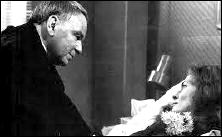
Delaney, asked by a cabal of police officers to quietly investigate the killings while he’s on leave, quickly comes up with important leads. Sanders plays fair with the reader: The First Deadly Sin is a near 600 page book, but the realistic frustration of following leads that turn out to be dead ends, the frustration of developing evidence, produces a long and involved narrative.
The character of Delaney, affectionately called “Iron Balls” by his fellow police officers, is interesting because of his toughness and his passion for order. His method consists of building a mental picture of the murderer, piece by piece:
Blank kills again. And again. Delaney’s mental pictures are still fuzzy. But Blank is slowly losing control: on his job he is aloof and distant. With Celia, with Celia’s brother, Blank’s sex acts become more bizarre. The killings inflame him:
The eerie picture of Daniel Blank is Sanders’ best writing: convincing and frightening at the same time. If The First Deadly Sin has a major weakness it is its ending. The one-on-one confrontation between Delaney and Blank breaks down and we are left with a drawn-out, frustrating ending.
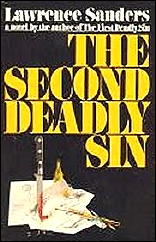
The Second Deadly Sin again features Delaney, but this time he’s drawn out of retirement to track down a murderer of a great painter.
Victor Maitland is stabbed to death and Delaney discovers a dozen suspects who’d like him dead. This is a whodunit, suspenseful and cleverly plotted.
Through the course of the book, it is Delaney, the character of an experienced and ruthless defender of justice, which overshadows the Maitland murder:
And, in the conclusion, Delaney forces the one-on-one confrontation and dishes out his own kind of justice.
The Sixth Commandment is a strange book. The story is told in the first person by Samuel Todd, an investigator for a philanthropic organization. Dr. Thorndecker, a Nobel Prize winner, asks the organization Todd works for for a million dollar grant to support his research.
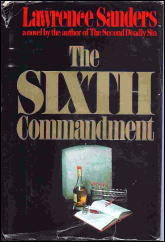
The organization has Todd investigate the Thorndecker proposal. Almost immediately, Todd receives an anonymous note: “Thorndecker kills.” Todd visits the site of the Thorndecker facility near the town of Coburn, north of New York City on the Hudson River. Initially he thinks the note is a con:
But Todd finds this isn’t a simple case of jealousy; there’s murder and madness and horror in Coburn beyond Todd’s wildest nightmares.
I recommend all three of Sanders’ books I’ve reviewed here. Sometimes the writing is wooden and dull, sometimes the characters are dull and superficial. But whatever Sanders’ faults, the books move with a power and intensity you should experience.
Editorial Notes: This article appeared before the film version of The First Deadly Sin was released in 1980. The movie’s two leading co-stars were Frank Sinatra and Faye Dunaway, with David Dukes as Daniel Blank. Other books in the series were The Third Deadly Sin (1981) and The Fourth Deadly Sin (1985).
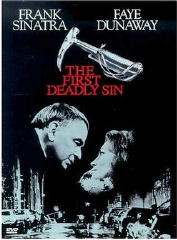
Other books in the “Commandment” series: Seventh (1991), Eighth (1986), and Tenth (1980). Sanders eventually turned his attention to series character Palm Beach PI Archie McNally, beginning with McNally’s Luck in 1992, although some if not all of the writing is said to have been done by ghostwriter Vincent Gardo.
There were seven in this lighthearted series under Sanders’ byline. When the latter died in 1998, Gardo wrote another five under his own name.
George Kelley’s blog can be found online here, where he finds something interesting to review and talk almost every day.
